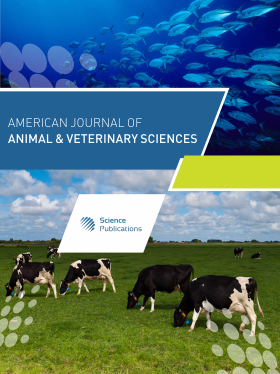The Effect of Humic Acid on the Content of Trace Element in Mitochondria
- 1 Pavol Jozef Šafárik University, Slovakia
- 2 University of Prešov, Slovakia
Abstract
Based on our previous in vitro studies which pointed to the antioxidant properties of humic acids especially concerning radical scavenging activities and ability to maintain the redox system in the cell, an addition of 0.6% humic acid into the diet of farm chicken for 42 days was evaluated. The administration of humic acids have a positive effect on the antioxidant status of plasma and mitochondria of important synthetic, metabolic and organs directly involved in the elimination of oxidative stress conditions-the liver, kidney. With regard to the described chelating properties of humic acid, the current levels of iron, copper, manganese, zinc and selenium considering their functions as cofactors in mitochondria was investigated, too. Our finding incline to an expectation that the administration of humic acid does not affect the binding abilities to metals but rather competition, leading to a decline in selenium use and compensatory responses which should be considered especially when administered over 42 days.
DOI: https://doi.org/10.3844/ajavsp.2014.315.319

- 6,434 Views
- 5,159 Downloads
- 10 Citations
Download
Keywords
- Humic Acids
- Chicken
- Chelating
- Mitochondria
- Liver
- Kidney
